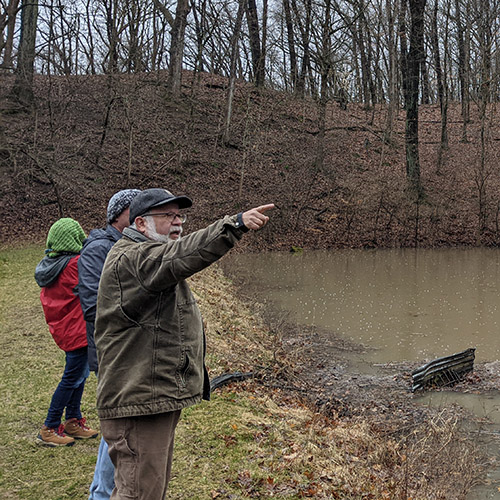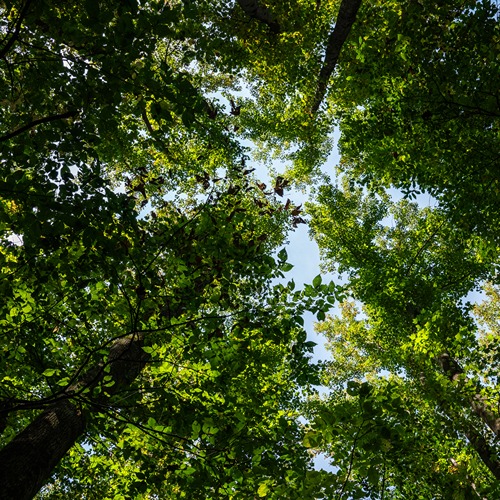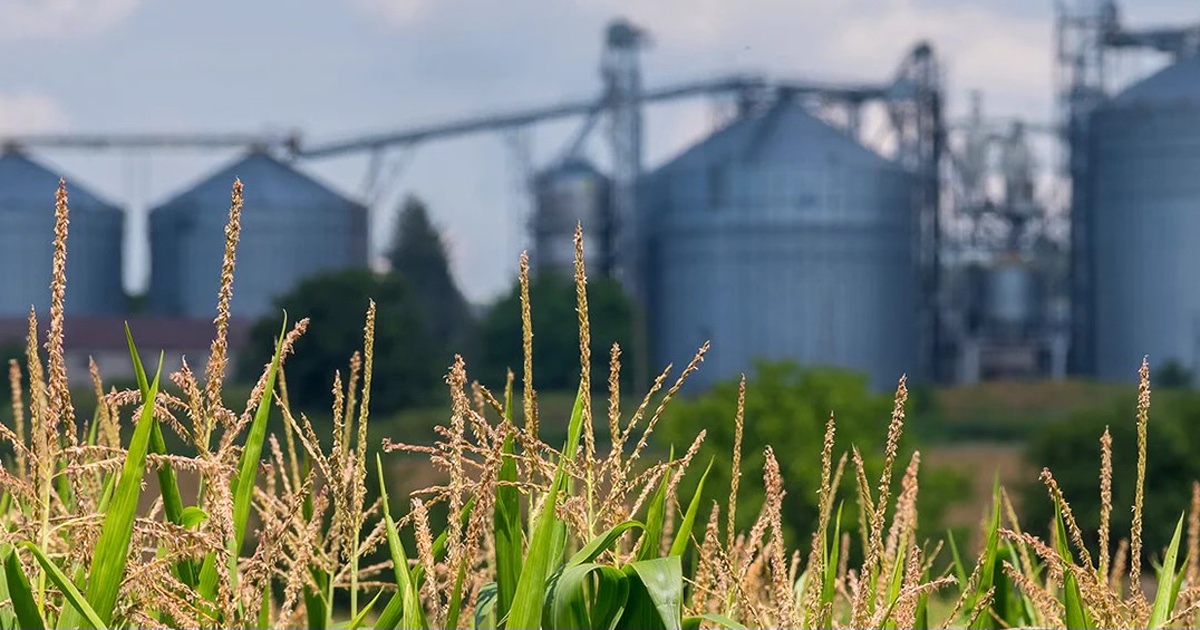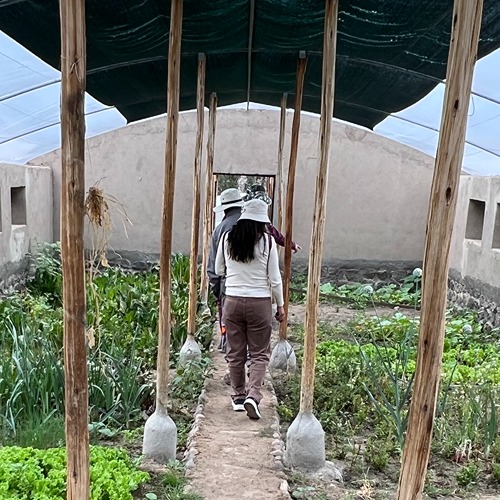2024 Top Midwestern weather events
The Midwest experienced record-breaking weather events in 2024, including impacts from hurricanes, tornadoes and drought. Climatologists with the Midwestern Regional Climate Center, a partnership with the National Centers for Environmental Information and Purdue University, identified ten of the most memorable and impactful of the year.
Dreary January
It was a gloomy start to the year with persistent cloud cover for most of the Midwest. St. Paul, Minnesota, had record-low sunshine, and Detroit, Michigan, had overcast skies on 87% of January days. It wasn’t just cloudy skies, though — dense fog blanketed much of the region January 23-25. On the 24th, dense fog advisories extended from Kansas to Ohio, including all of Missouri and Illinois. Visibility was as low as 300 feet, delaying schools and disrupting flights.
February Tornado Frenzy
Severe weather got a head start. Wisconsin had its first-ever February tornadoes when two touched down on the 8th. An outbreak on the 27th and 28th brought 22 confirmed tornadoes across the lower Midwest, including an EF-2 with winds of 130 mph that injured three near Springfield, Ohio.
The Winter That Wasn’t
Persistent warmth was a mainstay across the Midwest, resulting in the 2023-24 winter season becoming the warmest on record. Mild temperatures favored rainfall over snowfall; lake-affected areas saw 40-80 fewer inches of winter snow than usual. Average Great Lakes ice cover was just 4.3%, the lowest ever measured. The missing winter devastated the tourism and recreation economy across the Upper Midwest.
Midwest’s Tornadic May
The Midwest had its 2nd-highest* May tornado count since 2004. There were 237 preliminary tornado reports, nearly three times the monthly average. Tornadoes occurred on 19 days. Three significant outbreak days each had 20-50 confirmed touchdowns. On May 21, an EF-4 carved a 44-mile path through southeastern Iowa, causing extensive damage, injuring 35 people, and tragically claiming five lives.
*Based on preliminary data
Record Rainfall June 16-23
Multiple rounds of heavy rain fell across northern Iowa, southern Minnesota and Wisconsin, dropping 2-3 months of rain in a single week. About 6-12 inches of rain fell from June 16-23, causing record and near-record river flows that collapsed railroad bridges and dams, inundated roadways, and flooded homes and businesses.
Damaging Derecho
On July 15-16, a widespread, long-lived cluster of thunderstorms (called a derecho) laid down a path of destruction, with 60-100 mph winds stretching from Iowa to Indiana. The storm system was accompanied by 56 confirmed tornadoes across Iowa, Wisconsin, Illinois and Indiana. Illinois took the brunt of the outbreak with 48 tornadoes — the most on record from a single weather event in the state. Storm damages are estimated at more than $1 billion across the region.
Hurricane Helene Remnants Impact Midwest
Hurricane Helene brought catastrophic impacts to the southeastern U.S., dropping 4-7 inches of flooding rain across Kentucky and 50-70 mph damaging winds across the Ohio River Valley from September 27-29. Despite a dry start to the month, Kentucky penned the 5th-wettest September on record. Helene brought much-needed rain and short-term relief to drought-stricken areas in southern Illinois, Indiana and Ohio.
Drought Explodes in Last Half of Year
Drought gripped southeast Ohio by late summer, with the state’s first-ever exceptional drought (D4) since the inception of the U.S. Drought Monitor in 2000. Dryness rapidly expanded westward across the Midwest during the fall season. By late October, 75% of the region was in drought, and the rest experienced abnormal dryness. Impacts were widespread: depleted soil moisture, dormant vegetation, heightened fire risk, early fall colors, low water levels and reduced crop yields in some areas.
Let It (Lake-Effect) Snow
Record warm Great Lakes water temperatures fueled a massive lake-effect snow event from Nov. 28 through the first week of December. Heavy snow shut down major highways. Storm-event snowfall totals topped out at 20-50 inches in northern Michigan and northeast Ohio.
2024 – The Hottest Year on Record
2024 goes down as the hottest year on record* for the Midwest. Record warmth in Indiana, Kentucky, Michigan, Minnesota, Ohio and Wisconsin, too. Remarkably, this occurred despite near-average temperatures during the summer months. Persistent warmth during winter, spring and autumn were the drivers behind this record warm year.
*Records date back to 1895


























